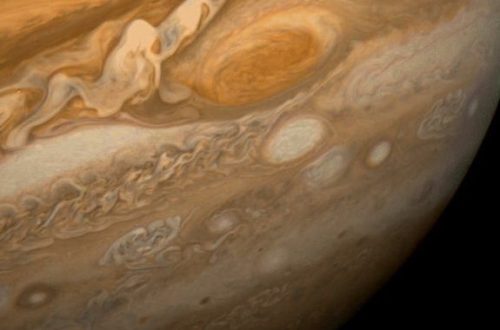Monthly Stargazing Calendar for September 2022
Looking for the September 2025 stargazing calendar?
After a long hiatus, we at CosmoBC decided to bring back the monthly stargazing calendar. We hope to help you keep track of the best astronomical events you may wish to observe in the night sky this coming month of September.
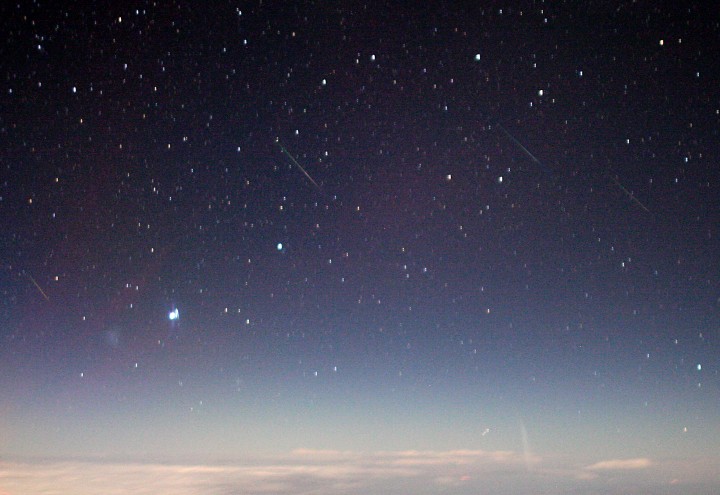
Would you like to be notified of stargazing events?
To start the month off, on the first of September, the Aurigid meteor shower will peak. This smaller meteor shower will have an an expected average of 6 meteors per hour on its peak assuming ideal conditions. However some meteors may be visible between August 28 and September 5. Meteors will appear to radiate from the constellation of Auriga. The Moon would be at around first quarter phase, which would be only a minimal interference. This meteor shower originates from the comet C/1911 N1 (Kiess).
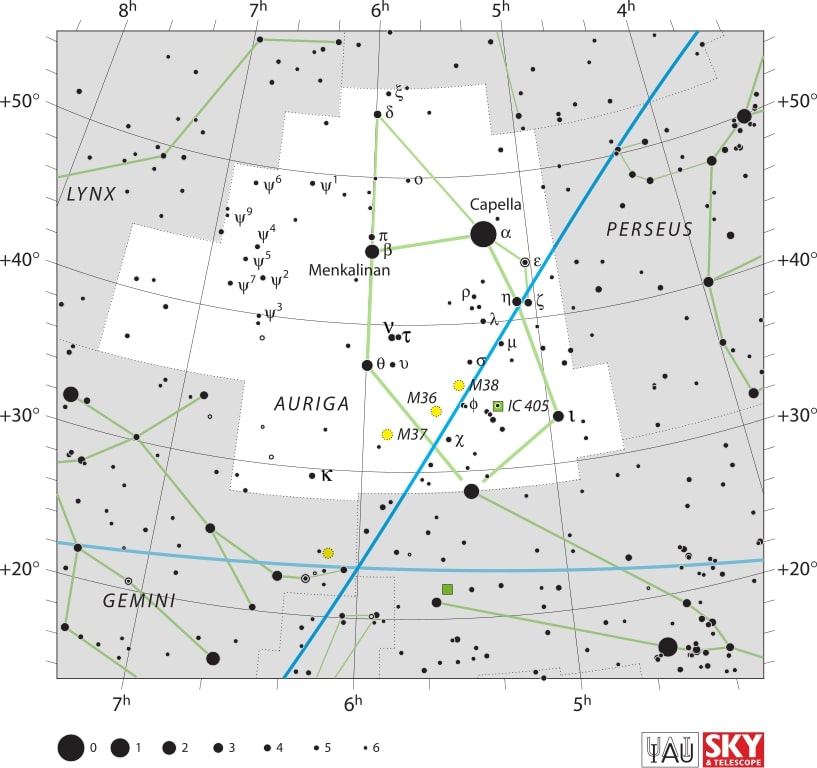
On September 3 the launch of Artemis 1 is scheduled. It was originally planned for August 29, but was rescheduled due to an issue with the core stage. It will be a NASA unmanned Moon-orbiting mission in preparation for future manned missions, five decades after the last Apollo mission.
On September 7 the Moon will be at perigee, which means it will reach the closest point to Earth in its orbit and so it will appear slightly larger than usual.

On the same day, the asteroid 3 Juno will be at opposition, which means the closest approach to the point in the sky directly opposite to the Sun. At around the same time it will also be at perigee, meaning its closest approach to the Earth. This will make it appear at its brightest in the night sky. You will likely need a 4-inch telescope to see Juno. Look in the constellation of Aquarius.
On September 8 the Moon and Saturn will be at conjunction, which means these two celestial bodies will share the same right ascension. They will also make a close approach, passing within 3°43′ of each other, both in the constellation of Capricornus.
Then on September 9 we will have another meteor shower peak, the ε-Perseids. This is also a small meteor shower with an expected average hourly rate of 5 meteors per hour at the peak under best conditions. Some meteors should also be visible from September 5 to September 21. The meteors will appear to radiate from the constellation of Perseus. Unfortunately the Moon’s phase will be at nearly full moon and so will interfere significantly with observation.

On September 11 the Moon and Jupiter will be at conjunction and will also make a close approach, passing within 1°36′ of each other, both in the constellation of Pisces.
Then on September 14 there will be a close approach of the Moon and Uranus, passing within only 44.1 arcminutes of each other, both in the constellation Aries. In some parts of Africa, Asia and Europe this will become a lunar occultation of Uranus, meaning the Moon will pass in front of Uranus.
On September 16 Neptune will be at opposition. It will also be at perigee at about the same time, meaning it will be at the closest point to the Earth. This would be a good time to look for the planet with a small telescope in the constellation of Aquarius.
On the same day, the Moon and Mars will be at conjunction. They will also make a close approach, passing within 3°32′ of each other, both in the constellation of Taurus.
On September 19 the Moon will be at apogee, which means it will reach the furthest point along its orbit around the Earth. Therefore, the Moon will appear slightly smaller than usual.
Then on September 22 we will have the September equinox, which marks the beginning of fall in the northern hemisphere or spring in the southern hemisphere.
On September 26 Jupiter will be at opposition. At around the same time, it will also be at perigee, the closest approach to Earth. This would make it a good time to see the gas giant in the constellation of Pisces.
Finally, on September 27 the Daytime Sextantid meteor shower will peak. Under the best circumstances, it is expected that there will be an average of 5 meteors per hour during the peak. However some meteors may be visible from September 9 to October 9. The meteors will appear to radiate from the constellation of Sextans.
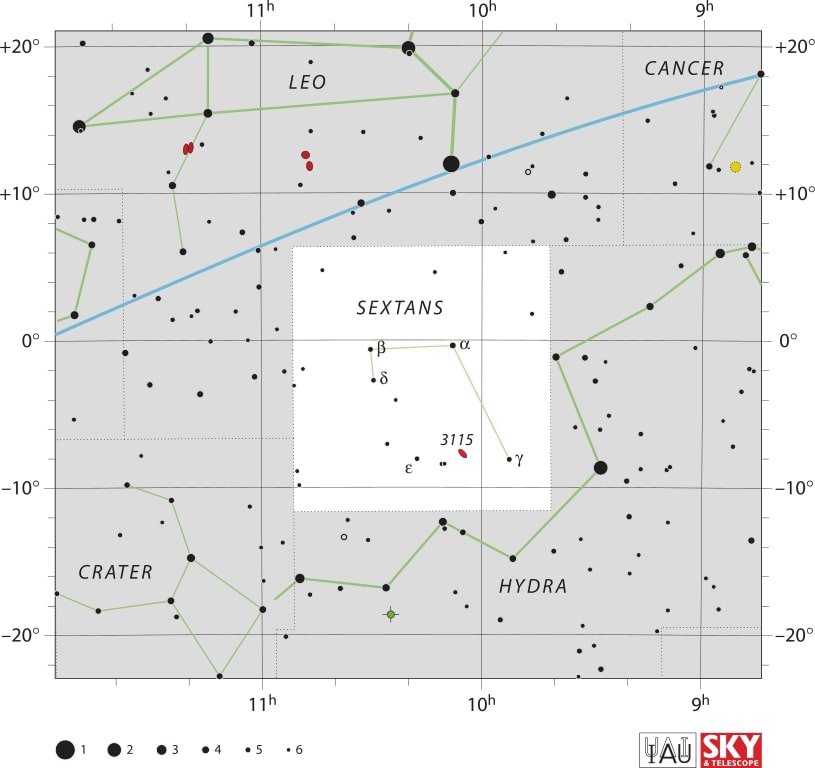
Moon phases
As you know, the moon has a big impact on the visibility of celestial bodies in the night sky. So here are the moon’s phases for this month:
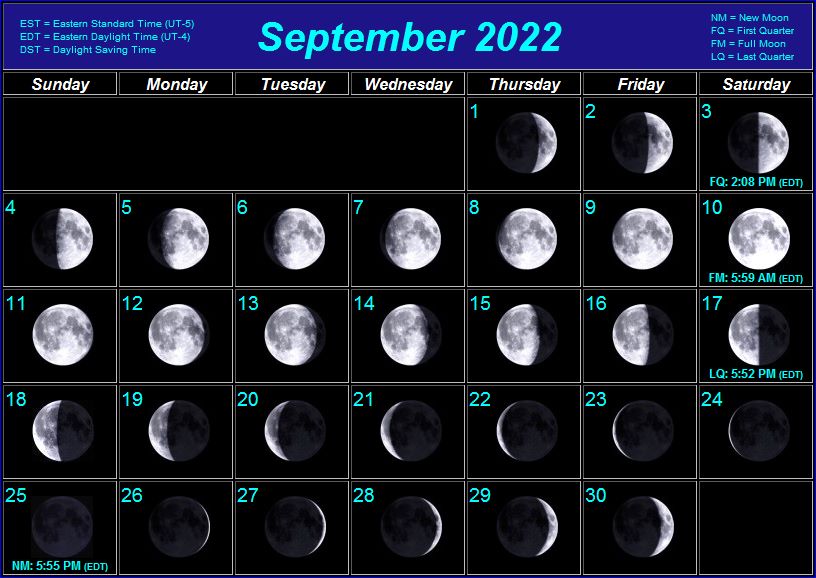
Positions of the planets this month
Mercury: The closest planet to the Sun can be seen at dawn and dusk travelling across the constellation of Virgo. This planet, being the closest to the Sun, will appear to move quickly in the night sky and its position will change in the following weeks.
Venus: The sister planet can be seen near Mercury travelling across the constellation of Leo. Just like Mercury, Venus can only be seen at dawn and dusk.
Mars: The red planet can be seen in the constellation of Taurus.
Jupiter: The gas giant is visible in the constellation of Cetus. Jupiter can easily be spotted with the naked eye, even in highly illuminated cities.
Saturn: The ringed giant can be seen with the naked eye in the constellation of Capricornus.
Uranus: The gas giant can be seen in the constellation of Aries with the use of a telescope.
Neptune: The blue giant requires a telescope pointed in the constellation of Aquarius in order to be seen.
Major astronomical events next month
- October 6 – October Camelopardalid meteor shower peak
- October 9 – Draconid meteor shower peak
- October 10 – Southern Taurid meteor shower peak
- October 11 – δ-Aurigid meteor shower peak
- October 18 – ε-Geminid meteor shower peak
- October 21 – Orionid meteor shower peak
- October 24 – Leonis Minorid meteor shower peak
- October 25 – Partial solar eclipse
Sources:
- Planetary ephemerides produced by NASA’s Jet Propulsion Laboratory (JPL)
- International Meteor Organization
See also:
- Previous month’s calendar: [Hiatus] Stargazing Calendar for June 2016
- Next month’s calendar: Stargazing Calendar for October 2022
Would you like to receive similar articles by email?





